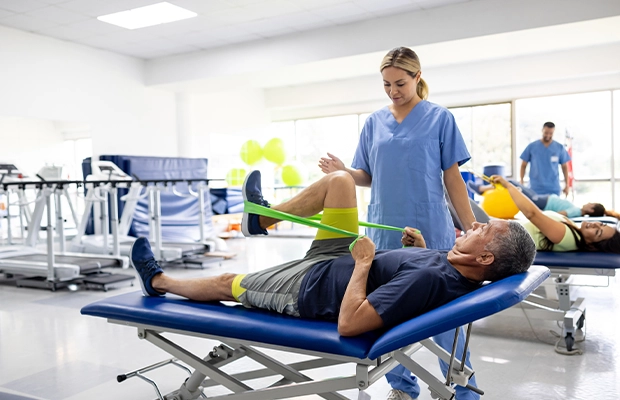
One of the main benefits of resistance training in recovery is its ability to improve muscle power and stamina. When muscular tissues are more powerful, they can better stabilize articulations and reduce the chance of re-injury. For instance, an athlete recovering from a leg injury can gain from exercises that fortify the quadriceps and back thigh muscles. These muscles play a crucial role in stabilizing the knee articulation. By incorporating resistance conditioning into their rehabilitation plan, athletes can recover their power more effectively and safely.
In addition to developing power, strength conditioning also improves mobility and scope of movement. Many traumas can lead to rigidity in the affected area, making it difficult for athletes to navigate easily. Resistance conditioning exercises often include stretching and elongating the muscular tissues, which can assist restore mobility. For instance, adding weight straps or weights into stretching programs can enhance the effectiveness of these workouts. As mobility improves, individuals can execute movements more efficiently, which is essential for optimal performance in their sport.
Another crucial aspect of strength conditioning in athletic recovery is its positive impact on mental health. Healing from an trauma can be a difficult sites and frustrating experience for individuals. Participating in resistance conditioning can offer a feeling of accomplishment and boost confidence. As individuals see gains in their strength and abilities, they may feel more driven to persist their recovery process. This psychological boost can be just as important as the physical advantages, as a optimistic attitude can lead to better results in rehabilitation.
Finally, strength training can assist individuals transition back to their sport more seamlessly. Once they have recovered their power and mobility, athletes need to rehearse activity-specific movements to ensure they are prepared for contests. Strength training can be combined with activity-specific drills to create a holistic rehabilitation program. This combination allows individuals to not only heal but also enhance their performance. By concentrating on both rehabilitation and performance, resistance conditioning becomes an essential tool in the recovery process, assisting athletes come back to their activity more robust and more resilient.